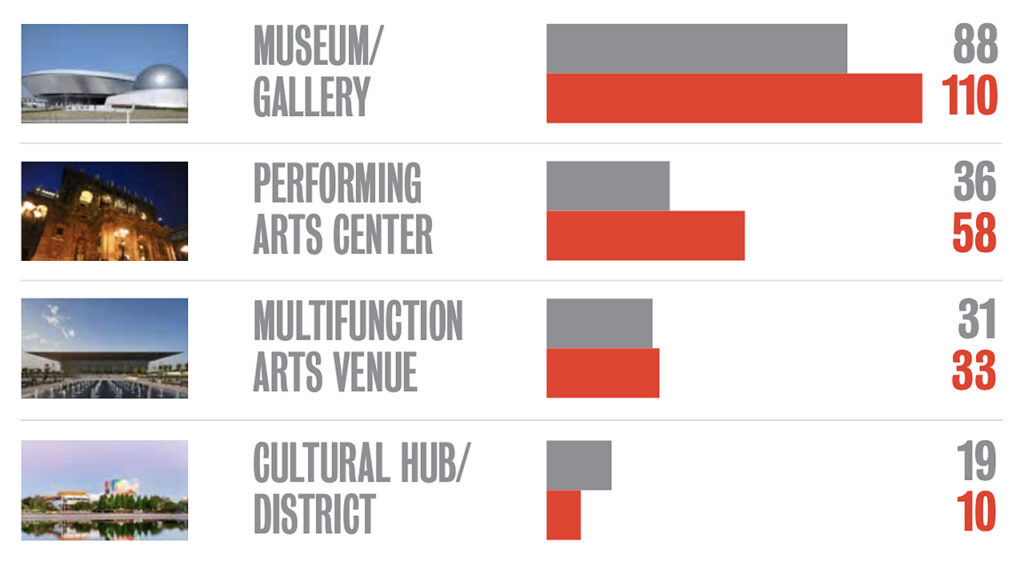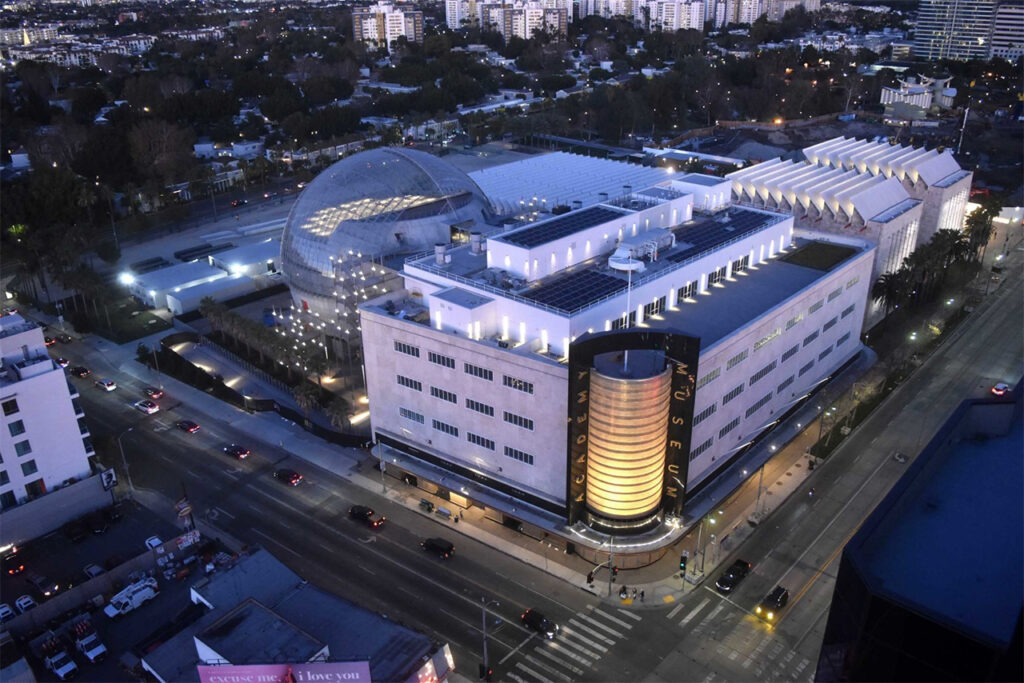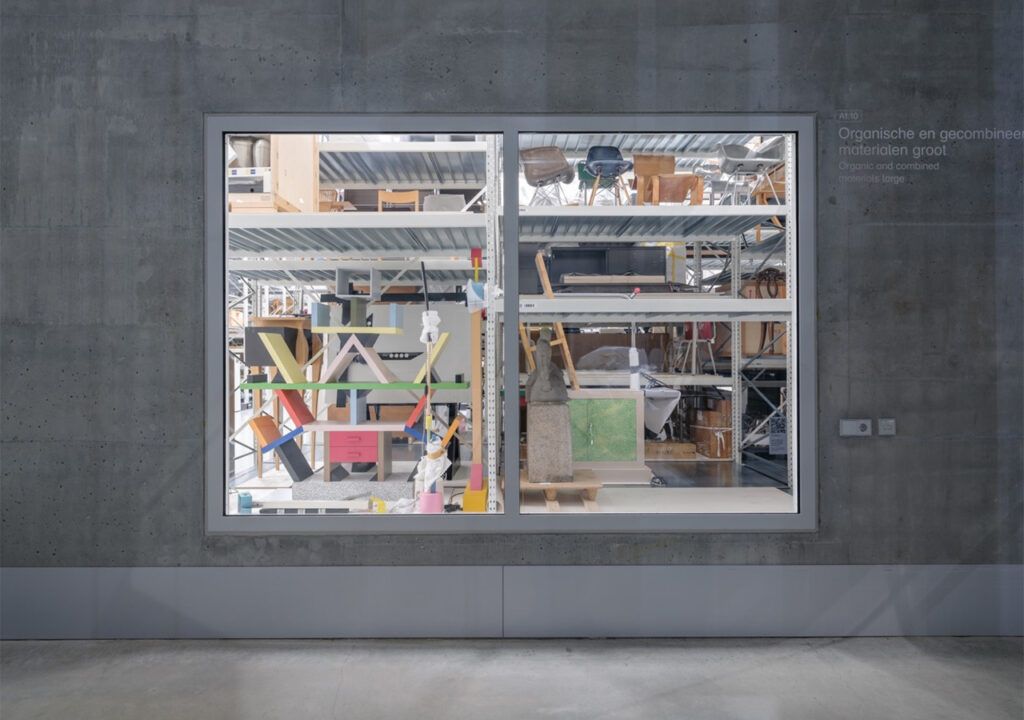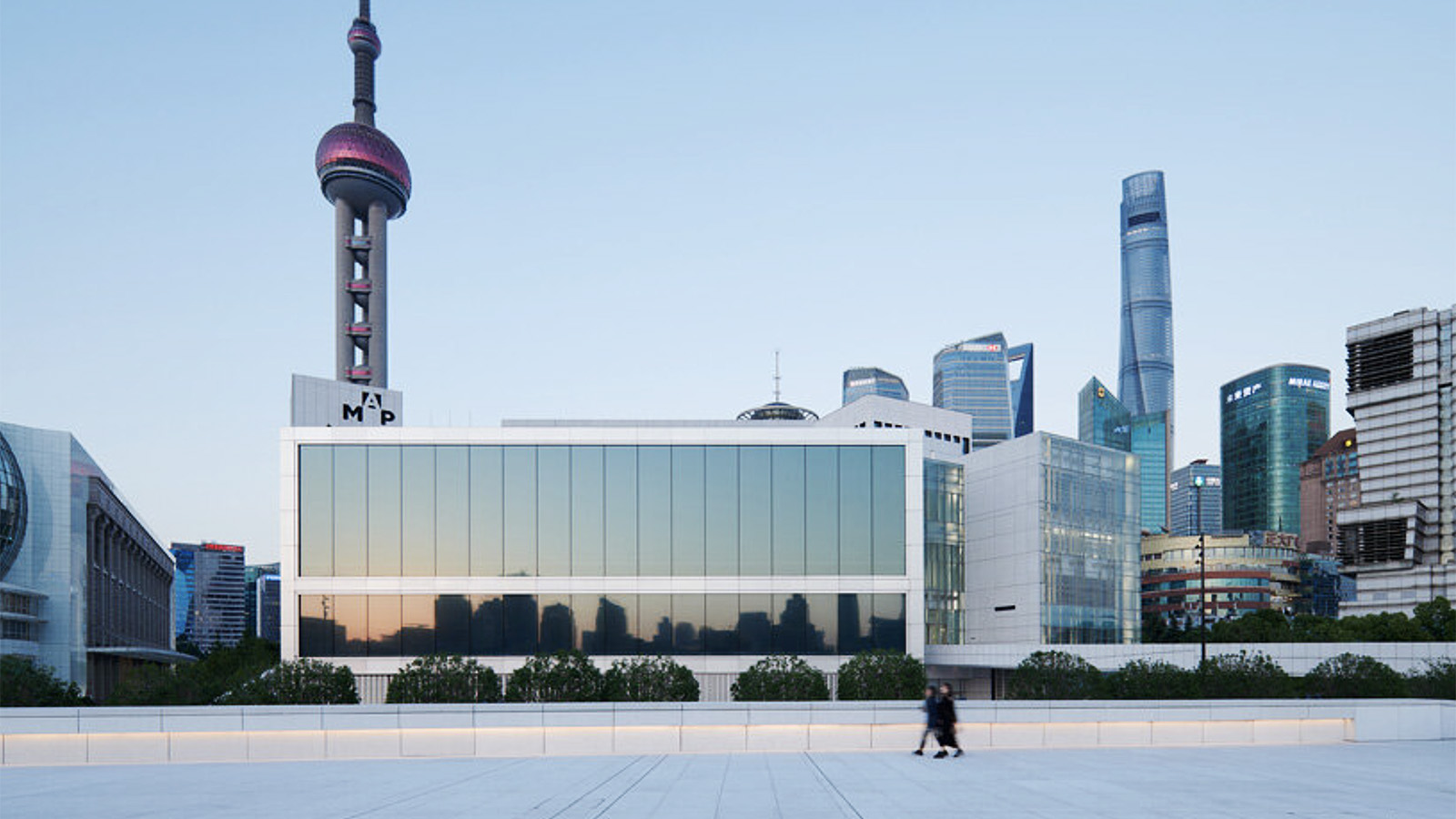In 2020, in the midst of China’s museum boom, AEA Consulting’s Cultural Infrastructure Index recorded Asia’s dominance in the number of and investment in cultural developments. According to the report, China’s cultural spending of $3.3 billion outstripped that of the United States’ at $1.6 billion, particularly with the country’s investment in Shenzhen that’s set to host 10 new cultural projects.
With pandemic lockdowns in the rearview, though, cultural builds in the rest of the world have reawakened. The consulting firm’s 2021 edition of its Cultural Infrastructure Index sees China continuing to house some of the most expensive cultural projects, principally M+ Museum with its budget of $760 million. But developers in Australia, Russia, South Korea, and the UK have also made the list for announcing projects with the highest values, just as North America has swelled with cultural construction. Across the board, too, more cultural centers were completed, with capital investment rising some 6 percent between 2016 to 2021.
Here are more key findings from the report.
More builds, more museums

Whether as completed (in red) or announced (in gray) projects, museums and galleries represented the bulk of cultural builds in 2021, trailed by performing arts centers and multifunction arts venues. Image: AEA Consulting
In a sign of how COVID lockdowns stalled cultural construction, the report recorded 211 completed cultural projects in 2021, double the number built in 2020 and the highest annual volume since AEA began its reporting in 2016. Museums and galleries once again made up the bulk of the buildings, while renovations were strikingly up, representing some $972 million in investment.
Notably, AEA has also commenced tracking adaptive reuse endeavors, wherein existing buildings or structures are remade and repurposed. It’s an emerging segment that, per the report, “seek[s] to minimize waste while maximizing social value and relevance to local communities.” Here, it logged some 22 completed adaptive reuse ventures in 2021, not limited to the Lukiškės Prison 2.0 Cultural Hub in Lithuania and the Vulcan Works Arts Centre in Northampton, UK. A further 18 announced adaptive reuse projects total some $1.6 billion in value.
North America takes the lead

North America swelled with cultural construction in 2021, with projects such as the Academy Museum of Motion Pictures in Los Angeles representing one of the highest valued projects with its $482 million budget. Image: © Academy Museum Foundation
Geographically, AEA found that the number of cultural builds rose across regions except in Africa where capital investment has unhappily dipped. By contrast, North America led in terms of completed projects, which number 92, making up 44 percent of the world’s total. Also noticeable was a 71 percent drop in investment in Asia. Still, new projects were announced in the region, including Seoul’s Art Center Incheon Opera House And Museum, Taipei’s National Maritime Resources Museum, and the Natural History Museum in Baoding, China, all set to be top-budgeted constructions.
A spotlight on public accessibility

Opened late last year, the Depot Boijmans Van Beuningen in Rotterdam houses more than 151,000 artworks and objects, all of which are accessible to the general public. Image: Depot Boijmans Van Beuningen
AEA’s latest report has also cast a spotlight on Depot Boijmans van Beuningen, which opened in November last year as a museum as much as an art storage facility. Uniquely, unlike most cultural institutions which display merely 5 percent of their collections, Boijmans has made the entirety of its holdings viewable whether through guided tours or special requests. The practice is emerging in a growing clutch of venues such as the V&A East Museum in London and the upcoming Autry Museum of the American West in Los Angeles that are similarly finding ways to make more of their collections accessible to visitors.
In doing so, these museums are fulfilling vital roles as public-serving organizations, housing collections that are open to the community they belong to. And not unlike the aforementioned adaptive reuse projects, this broad accessibility represents social value. That museums are built, ultimately, is as important as who they’re being built for.



